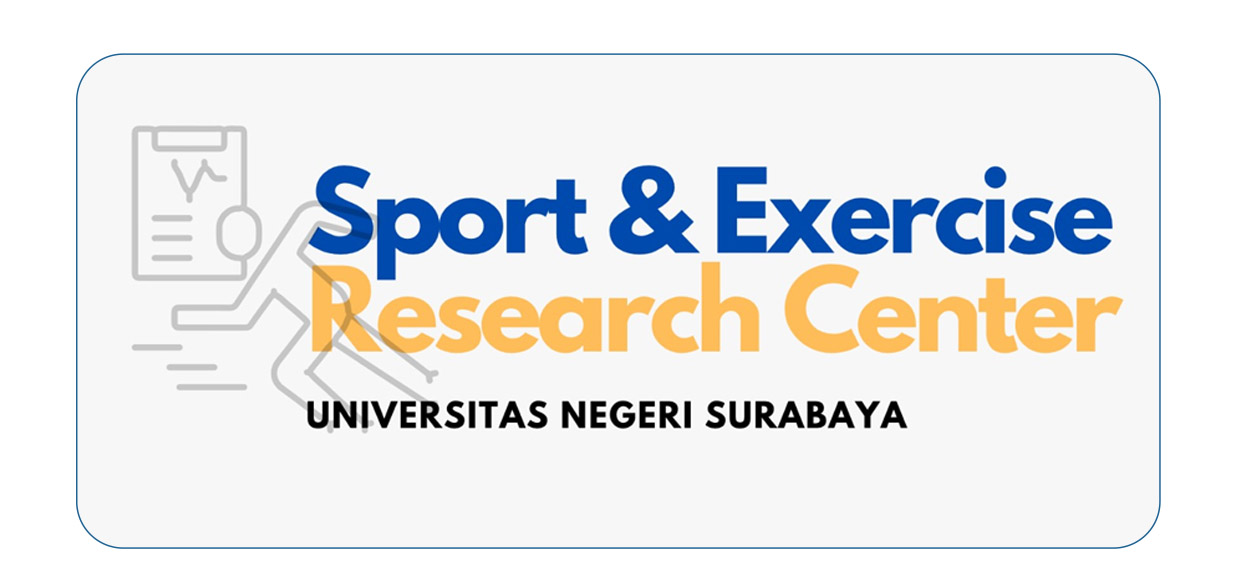The Effect of Pollen Supplementation on the Recovery of Lactic Acid Levels and Heart Rate After 1 Hour of Submaximal Exercise
DOI:
https://doi.org/10.26740/jossae.v8n1.p29-36Keywords:
heart rate, lactic acid, submaximal exercise, pollenAbstract
This study aims to demonstrate that supplementation with pollen nutritional ingredients can enhance the rate of decrease in lactic acid levels and heart rate after 1 hour of submaximal exercise loading. The research methodology employed is experimental, utilizing a randomized one-group pre-test and post-test design. The sample consisted of 11 students from the Sports Science Study Program at Surabaya State University. Data analysis was conducted using the T-Test with a significance level of 0.05. The findings revealed a decrease in blood lactic acid levels and pulse rate after 1 hour of submaximal exercise. The percentage decrease in pulse rate was 91.541%, while the percentage decrease in blood lactic acid levels was 85.099%. However, it is important to note that comparing the percentage decrease in pulse rate to the percentage decrease in blood lactic acid levels may not be accurate due to the distinct nature of the two systems. Additionally, the supplement group demonstrated greater improvement compared to the control group, which did not receive supplements. Nonetheless, it should be acknowledged that both research variables had not fully returned to pre-exercise conditions.
References
Baky, M. H., Abouelela, M. B., Wang, K., & Farag, M. A. (2023). Bee Pollen and Bread as a Super-Food: A Comparative Review of Their Metabolome Composition and Quality Assessment in the Context of Best Recovery Conditions. Molecules (Basel, Switzerland), 28(2), 715. https://doi.org/10.3390/molecules28020715
Bishop, D. J., Granata, C., & Eynon, N. (2020). Can we optimize the exercise training prescription to maximize improvements in mitochondria function and content? Frontiers in Physiology, 11, 865.
Campos, M. G. R., Bogdanov, S., de Almeida-Muradian, L. B., Szczesna, T., Mancebo, Y., Frigerio,
Costill, D. L., Kenney, W. L., & Wilmore, J. (2008). Physiology of sport and exercise (Vol. 448). Human Kinetics.
Impey, S. G., Hearris, M. A., Hammond, K. M., Bartlett, J. D., Louis, J., Close, G. L., & Morton, J. P. (2018). Fuel for the work required: A practical approach to amalgamating train-low paradigms for endurance athletes. Physiological Reports, 6(10), e13628.
McArdle, W. D., Katch, F. I., & Katch, V. L. (2014). Exercise Physiology: Nutrition, Energy, and Human Performance (8th ed.) (8th ed.). Wolters Kluwer Health/Lippincott Williams & Wilkins.
Mohammad, S. M., Mahmud-Ab-Rashid, N.-K., & Zawawi, N. (2021). Stingless Bee-Collected Pollen (Bee Bread): Chemical and Microbiology Properties and Health Benefits. Molecules (Basel, Switzerland), 26(4), 957. https://doi.org/10.3390/molecules26040957
Quinn, R. W. (2007). Effect of weight gain, diet and exercise on insulin sensitivity in thoroughbred geldings.
Rizal, F. M. (2020). Ini Manfaat dan Efek Samping Bee Pollen. Halodoc. https://www.halodoc.com/artikel/ini-manfaat-dan-efek-samping-bee-pollen
Sarwono, B. (2001). Lebah madu. Agromedia.
Suranto, A. (2007). Terapi madu (H. Indriani & S. K, Eds.). Penebar Plus.
Downloads
Published
How to Cite
Issue
Section
License
Copyright (c) 2023 JOSSAE (Journal of Sport Science and Education)

This work is licensed under a Creative Commons Attribution-ShareAlike 4.0 International License.
 Abstract views: 279
,
Abstract views: 279
, PDF Downloads: 306
,
PDF Downloads: 306
, PDF Downloads: 259
PDF Downloads: 259








